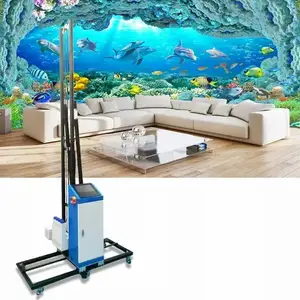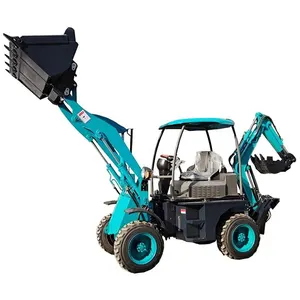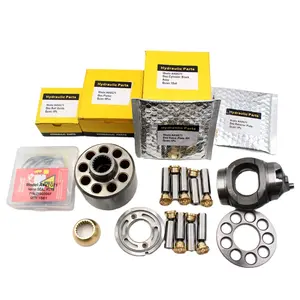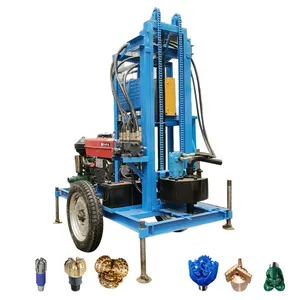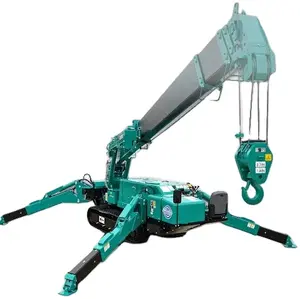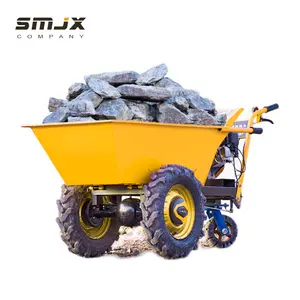Popular in your industry










































































Related Searches:















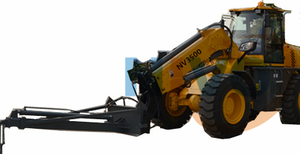









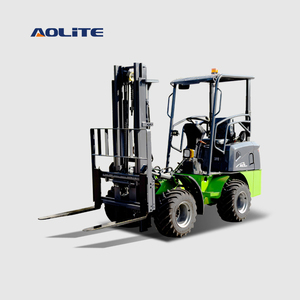













































































































































Top categories
About front end loader fork
Having a front end loader fork is crucial equipment for various agricultural and construction applications. These forks are designed to attach to the front end loader of tractors, providing them with the capacity to lift and transport heavy materials. These forks are made to be durable and sturdy, capable of withstanding the challenging conditions of work environments. They are commonly used to handle pallets, bulk materials, and other heavy loads, making them an essential tool for industries where efficient material handling is a priority. Browse through the collection of forks for front end loader buckets to find the most suitable ones.
Types of Front End Loader Forks
There are several types of front-end loader forks designed to meet specific material handling needs. Pallet forks are a common type of front end loader fork that is equipped with two or more tines to securely hold and transport pallets. These forks are widely used in warehouses, distribution centers, and construction sites for efficient movement of palletized goods. Bale forks, also known as hay forks, are designed with sharp tines to penetrate and lift bales of hay or straw. These forks are commonly used in the agricultural industry for handling and transporting large bales. Clamshell forks feature a hinged design that allows the tines to open and close like a clamshell. This design is particularly useful for handling irregularly shaped or loose materials such as brush, logs, or debris. Adjustable forks offer versatility by allowing the user to adjust the spacing between the tines. This feature is beneficial when handling loads of varying sizes or when precise positioning is required.
How to Choose Front End Loader Forks
When selecting front-end loader forks, it is essential to consider factors such as the weight and type of materials to be handled, the compatibility with the tractor's loader, and the desired fork length. The weight capacity of the forks should align with the heaviest loads they will be required to lift. Ensuring that the forks can safely handle the intended materials is crucial for operational safety. Additionally, the type of materials to be handled will dictate the fork design. For example, pallet forks are suitable for palletized goods, while bale forks are designed for handling bales. Compatibility with the tractor's loader is another critical factor. Front end loader forks for tractors come in various mounting options, such as pin-on, quick attach, or skid steer-style mounts. It is essential to verify that the forks are compatible with the specific loader attachment system on the tractor. The fork length is also an important consideration, as it determines the reach and stability of the forks when lifting loads. Longer forks may provide greater reach but can reduce the lifting capacity and stability. On the other hand, shorter forks offer increased stability but may limit the size of the loads that can be handled. Budget, durability, and optional features, such as adjustable tines or built-in load guards, are additional aspects to consider when choosing front-end loader forks.
Best Practices for Using and Maintaining Front End Loader Forks
Front-end loader forks are versatile tools that require proper usage and maintenance to ensure safety and longevity. When using front loader forks for tractors, it is important to follow the manufacturer's guidelines for weight capacity and operational limits. Overloading the forks can lead to structural damage and pose serious safety risks. Regular inspections of the forks, including the tines, frame, and mounting components, are essential to identify any signs of wear, damage, or looseness. Any damaged or worn parts should be promptly repaired or replaced to maintain the structural integrity of the forks. Proper storage of the forks in a dry and secure location can help prevent corrosion and damage. Additionally, applying a protective coating, such as paint or rust-resistant finish, can extend the lifespan of the forks. When using pallet forks, always ensure that the load is evenly distributed and secured to prevent shifting during transportation. Avoid sudden movements or sharp turns that can destabilize the load. Regularly greasing the fork's pivot points and moving parts can help maintain smooth operation and prevent premature wear. By following these best practices for usage and maintenance, pallet forks for front end loaders can remain reliable tools for efficient material handling.
